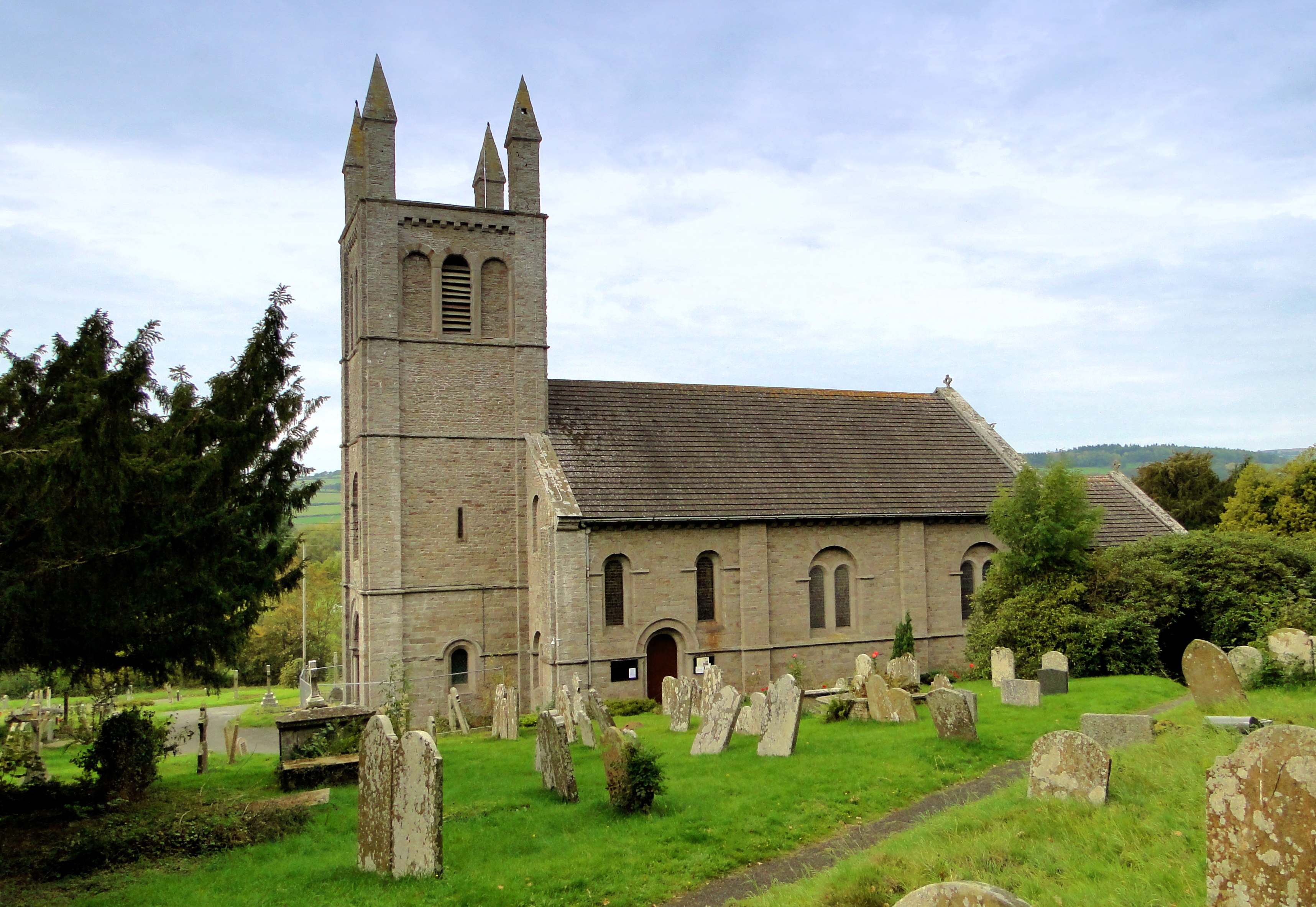Church Of St. Peter, Glasbury on:
[Wikipedia]
[Google]
[Amazon]
 The Church of St Peter (and St Cynidr) is located outside the Welsh village of Glasbury and dates back to the sixth century. Near the confluence of the rivers
The Church of St Peter (and St Cynidr) is located outside the Welsh village of Glasbury and dates back to the sixth century. Near the confluence of the rivers
 The Church of St Peter (and St Cynidr) is located outside the Welsh village of Glasbury and dates back to the sixth century. Near the confluence of the rivers
The Church of St Peter (and St Cynidr) is located outside the Welsh village of Glasbury and dates back to the sixth century. Near the confluence of the rivers Wye
Wye may refer to:
Place names
*Wye, Kent, a village in Kent, England
** Wye College, agricultural college, part of University of London before closure in 2009
**Wye School, serving the above village
** Wye railway station, serving the above villa ...
and Llynfi
The River Llynfi, cy, Afon Llynfi, is one of three main tributaries of the River Ogmore ( cy, Afon Ogwr).
It runs for around 10 miles from its source north of Maesteg and flows generally southwards through the Llynfi Valley to the confluence w ...
, the church has experienced serious flooding which has required it to be rebuilt twice, in 1665 and 1838. The current church is designated a Grade II listed
In the United Kingdom, a listed building or listed structure is one that has been placed on one of the four statutory lists maintained by Historic England in England, Historic Environment Scotland in Scotland, in Wales, and the Northern Irel ...
building and is open to the public for worship.
History
Original church (6th–17th centuries)
The religious cell and subsequent church was founded in Glasbury by Saint Cynidr in the 6th century; he is believed to be buried on the site. In the 12th century the church was reinforced with stone materials, and this is likely to be when it was rededicated to Saint Peter. The church has historical ties with England as it was dedicated to the monks of Gloucester in 1088 and supplied its tithe income to St Peter's Abbey. St Peter's Church underwent some administrative changes in the 16th and 17th centuries, with the Dissolution of the Monasteries in 1540 being followed by the wider political changes of theCommonwealth
A commonwealth is a traditional English term for a political community founded for the common good. Historically, it has been synonymous with "republic". The noun "commonwealth", meaning "public welfare, general good or advantage", dates from the ...
period (1649–1660) and Restoration (1660), which resulted in a tumultuous turnover of clergy.
Destruction and reconstruction (17th–19th centuries)
The original church was located on low-lying land and was damaged by severe floods in the 17th century which altered the course of the River Wye. In 1663 construction of a replacement church began on higher ground to the south-west of the original structure; this was completed in 1665. This land was acquired from Sir Henry Williams ofGwernyfed
Gwernyfed is a community in Powys, Wales, centred on the village of Aberllynfi. It takes its name from Gwernyfed Park, a medieval deer park within the community.
The community of Gwernyfed was established in 1985 through the merger of the fo ...
. Thomas Stock
Thomas Stock (1750–1803) established the first Sunday school in the United Kingdom.
Early life and education
Thomas was the son of Thomas Stock, gentleman of Gloucester. The young Thomas was sent to John Roysse's Free School in Abingdon- ...
was the vicar of the Church from 1778 to 1804. In the 1820s the church was deemed insufficient due to its limited capacity and poor state; therefore, a decision was made to rebuild it once again.
Second rebuilding (19th century – present)
A new church was built in 1836–1838 and is the present-day St Peter's Church, which remains an active place of worship. This new building cost £3,000 and was designed by the London architect Lewis Vulliamy in theNorman Revival
Norman or Normans may refer to:
Ethnic and cultural identity
* The Normans, a people partly descended from Norse Vikings who settled in the territory of Normandy in France in the 10th and 11th centuries
** People or things connected with the Norm ...
style of architecture. Further renovations were made in the next century, with the addition of a chancel and organ chamber added in 1881 and 1910 respectively. In addition to its traditional interior, St Peter's contains a stained glass window designed by Sir Ninian Comper and memorials to local people who died in the First World War, including three of the church's bell ringers. The exterior is marked by a dry-stone wall which encloses the churchyard. St Peter's Church was listed at Grade II in 1995, with a couple of other notable Grade II listed monuments on its premises, including the Hughes Monument and an 18th-century sundial
A sundial is a horological device that tells the time of day (referred to as civil time in modern usage) when direct sunlight shines by the apparent position of the Sun in the sky. In the narrowest sense of the word, it consists of a flat ...
.
References
External links
* {{DEFAULTSORT:Glasbury, Saint Peter's Church Grade II listed churches in Powys 19th-century church buildings in Wales Romanesque Revival church buildings in the United Kingdom